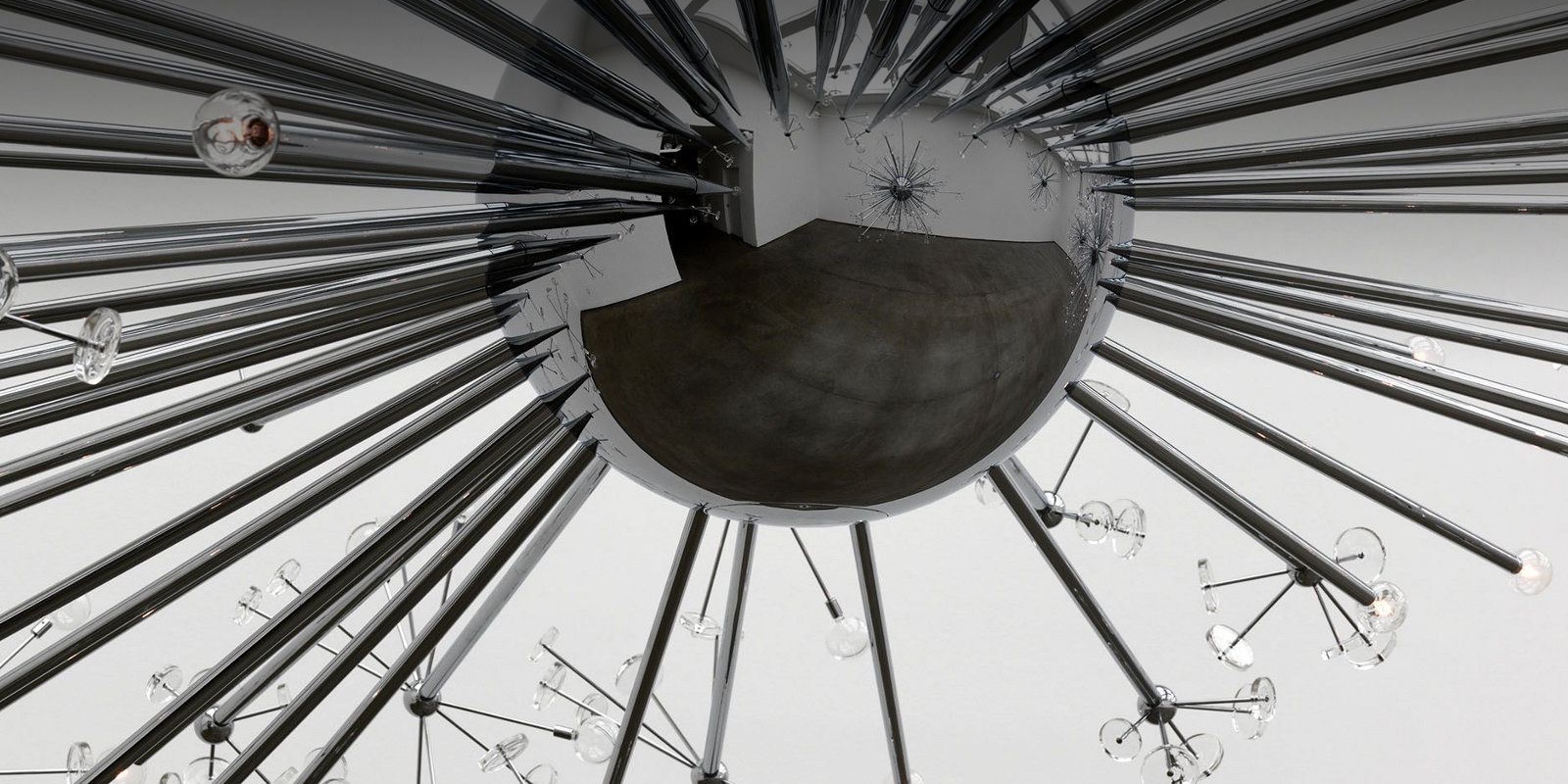
Colliding Worlds - Arthur Miller
So, today I went out to the Science Gallery to watch COLLIDING WORLDS: HOW CUTTING-EDGE SCIENCE IS REDEFINING CONTEMPORARY ART, a presentation by Arthur Miller on the role and growing incorporation of Science and Technology into the Art world, which is the topic of his book by the same name.
I'm not privy to the art world in general - or at least the ins and outs of the Art World - but coming from the Geek side of things, where Arduinos and the cheap microcontroller army, Processing, Maker Faires, Data Vizualization heck, Demoscene and such are common enough place for us, it's interesting to have someone officially calling it art and putting in perspective that art is an established domain, with clear formal rules, structure and tradition and that, no, not everyone likes to call above examples art, in fact, some violently reject it and refuse to let, what might be perceived as soulless, mathematical mechanical approach to creation join the art club.
To ram the point home, during QA someone took the microphone to give a not so brief introduction to the philosophy of art and, with growing aggressiveness, to point out and absolutely question if indeed such productions are even art, that there's any soul or creativity to it.
When there's participation QA's - especially for non technical topics - are a good way to sample opinions, because it's not really QA, it's "let me speak for a while here". In that regards it was interesting to go from angry opposition, to mild skeptical enthusiasm, to a clear-as-mud clarification on whether or not a lot of money for ArtSci stuff coming from giant tech companies is good or bad, to finalising with what looked like a very nice woman, who's an artist, genuinely asking "ok, how do I go about learning all this stuff? Should I learn how to code?" .
It was very interesting to watch these two worlds collide - yes, the title made complete sense there and then :) - and it was a very very good event, happy that Monike made me get off my ass and head over there to watch it .
Anyway, a few of examples shown during the presentation: